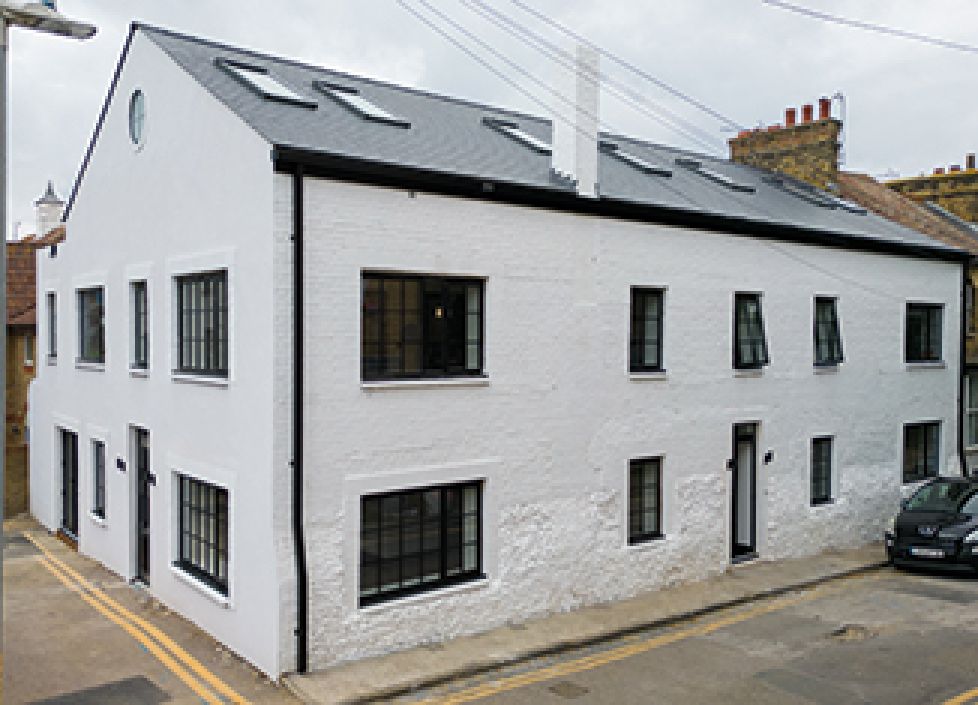On the 3rd of March the Office for National Statistics (ONS) released an overview of the UK population detailing how it’s changed, what has caused it to change and how it is projected to change in the future.
The UK population grew to an estimated 65.1m in 2015, its highest ever total and an increase of just over half a million people in just one year, (since 2014). However, in the year to April 2015 less than 153,000 new homes were built. This should cater for around 367,000 people as the average household size in the UK is 2.4 people, according to the ONS Families and households in the UK: 2016 report, which found that ‘there were 27.1m households in the UK in 2016. The number of households has increased by 7% since 2006, similar to the growth in the UK population during this period. As a result average household size has remained at 2.4 people over the decade.’
Following the relatively high population growth in the UK population during the ‘baby boom’ of the 1960s, growth slowed during the 1970s. In the late 1980s, the population began to grow again when the 1960s’ baby boomers were having children, ‘echoing’ earlier growth. The ONS stated: ‘Recent uplifts in population growth have generally coincided with an increase in the number of countries holding EU membership.’
It is projected that the population will grow steadily, passing 70m people in 2026, 71.4m in 2030 and will rise to 77m by 2050.
The population pyramid below shows the age and sex of the population. The shape of the population by age was broadly similar for males and females in both 2005 and 2015. At older ages women begin to outnumber men; this is particularly evident in those aged over 80.



















